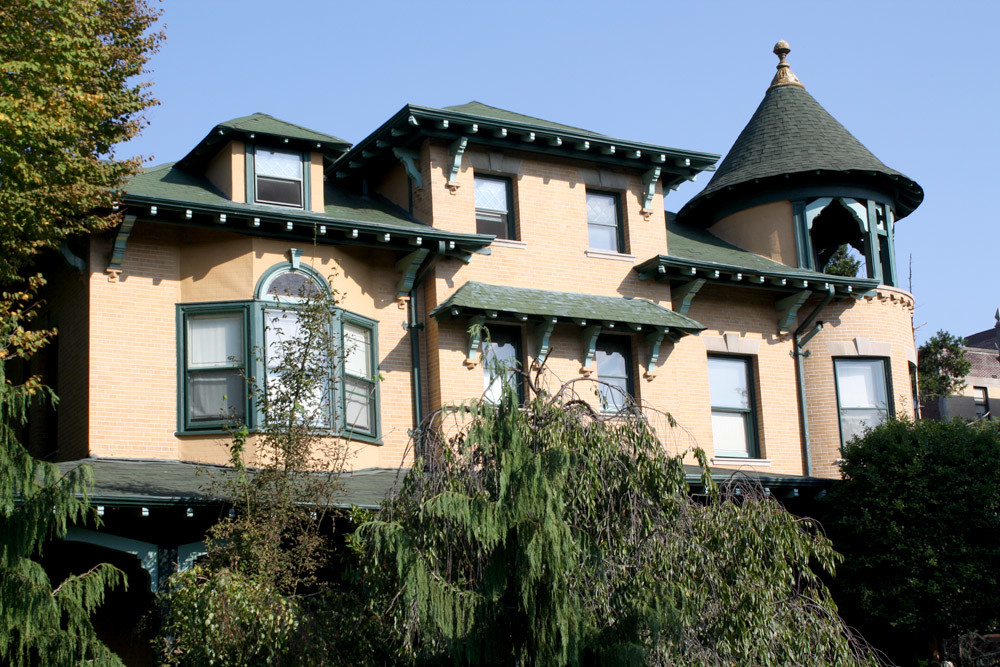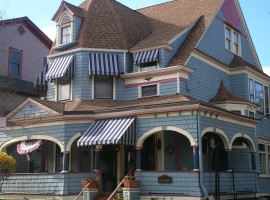Victorian Flatbush, Brooklyn
Established as a Dutch farming village in 1652, Vlacke Bos, meaning “flat woodland” in Dutch, was later Anglicized to Flatbush. Around the time that it became part of the city of Brooklyn in 1894, Flatbush began its transformation into a residential suburb. Real estate development in Flatbush was spurred in large part by the arrival in 1878 of the Brooklyn, Flatbush and Coney Island Railroad (now the Brighton Beach line) and the completion of the Brooklyn Bridge in 1883. These infrastructure advances made it possible for residents to commute to downtown Brooklyn and Manhattan for work.
Flatbush was subdivided into several neighborhoods with distinct names at the turn of the 20th century. These residential enclaves were developed between the 1890s and 1920, with house prices ranging from roughly $3,000 to $13,000. The most elite was Prospect Park South, which was established by developer Dean Alvord. Alvord envisioned a “garden within the city,” eschewing the rowhouse trend that was popular throughout Brooklyn. To ensure this aesthetic was achieved, the infrastructure and landscaping were laid out prior to the sale of the lots. Alvord required that fences and plantings not extend beyond the house lines in order to create a unified sweep of front yards. The streets were given British names, such as Buckingham and Westminster, to further evoke the country ideal that had its roots in the English country house and that was experiencing a surge in popularity throughout America. Instead of street signs, Alvord installed masonry gateposts engraved with the street names.
Today, Victorian Flatbush is comprised of 11 neighborhoods that were all developed with the suburban country aesthetic as inspiration, which is still evident in the layout of the streetscapes with their yards, freestanding homes, and in some places planted street medians. While the houses were all constructed around the same time, their ornamental details were carefully selected to distinguish each from the other. Today this group of neighborhoods makes up one of the largest collections of Victorian-era wood-frame residential architecture in the country, though only roughly half are legally protected by the city as historic landmarks. The area’s five historic districts are Albemarle-Kenmore Terraces, Prospect Park South, Ditmas Park, Midwood Park and Fiske Terrace. Due to the neighborhoods’ common attributes and shared sense of place, local residents and advocates are keen to “complete the quilt” of historic district designation and include Caton Park, Beverley Square West, Beverley Square East, Ditmas Park West, West Midwood and South Midwood.
Hidden within this tapestry of grand turn-of-the-century homes are glimpses of Flatbush’s more distant past. At the northern end is the Flatbush Dutch Reformed Church, which has its roots in the earliest settlement of the area, and at the southern end stands a farmhouse dating to before the Civil War, when Flatbush was still farmland. These reminders of 18th- and 19th-century Flatbush lend the neighborhood a rich and multi-dimensional context to an otherwise largely monochrome landscape.







